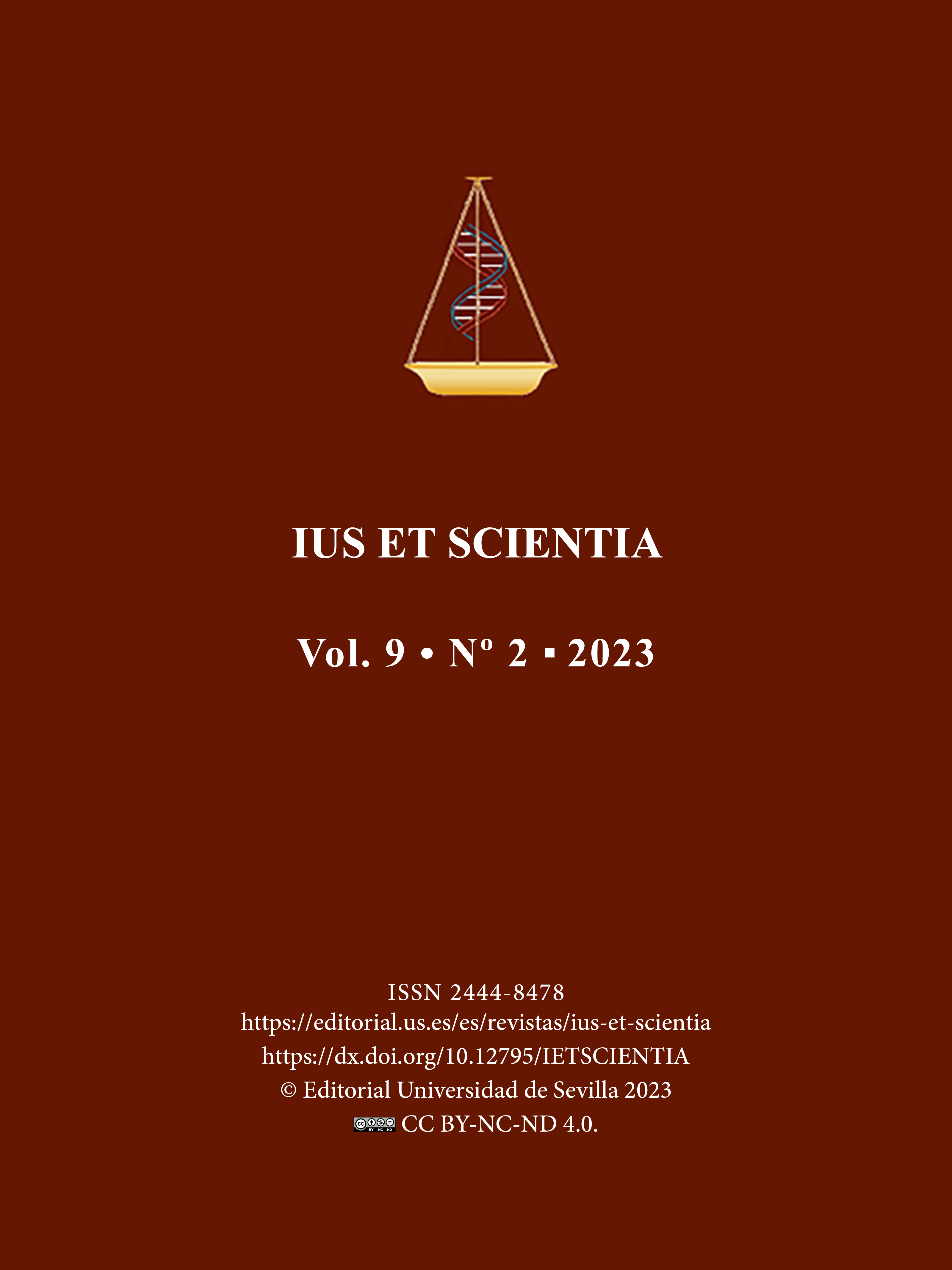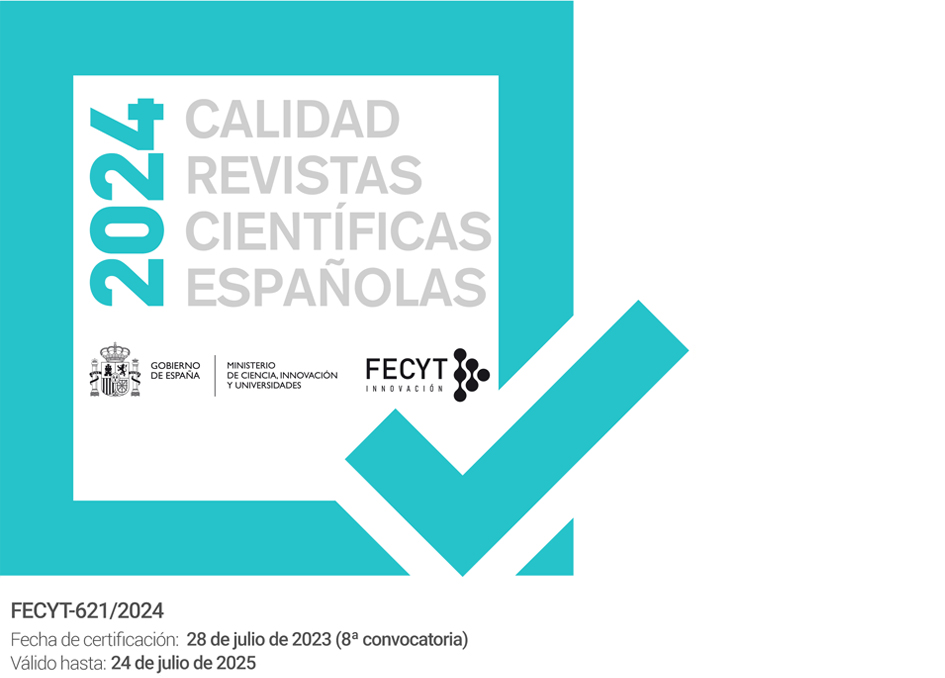The capture of images in public places without judicial authorization. The reasonable expectation of being shielded from the observation of others as a key criterion
DOI:
https://doi.org/10.12795/IESTSCIENTIA.2023.i02.02Keywords:
Criminal Investigations, New technologies, Technical devices for image capture, Fundamental right to privacy, GarageAbstract
In order to provide the necessary legal coverage for certain technological investigation measures that are absolutely essential to deal with a new criminal phenomenology and, in short, to guarantee the requirements for legal security in the field of fundamental rights, Organic Law 13/2015, amending the Criminal Procedural Act, defines the modalities of technological investigation and sets out the constitutional and legal requirements that legitimize their adoption.
One such measures is the capture of images of the person under investigation in public places or spaces, which presents as unique in relation to all others the possibility of being ordered by the Judicial Police without the need for judicial authorization.
The present study focuses on determining what is to be understood by public space or place as a legitimizing factor of the measure, for which the recent STC 92/2033, of September 11, is analyzed, which determines that the garage of a community of owners does not have such consideration, as it is a space that belongs to the area of the privacy protected by article 18.1of the Spanish Constitution.
Downloads
References
BUENO DE MATA, F., Las diligencias de investigación penal en la cuarta revolución industrial, Aranzadi, 2019.
DÍAZ MARTÍNEZ, M., “La captación y grabación de comunicaciones orales mediante la utilización de dispositivos electrónicos”, en La nueva reforma procesal penal. Derechos fundamentales e innovaciones tecnológicas (directores: Díaz Martínez, M., López-Barajas Perea, I.), Tirant lo Blanch, 2018
DÍAZ MARTÍNEZ, M., “La existencia de encuentros concretos del investigado como factor de legitimación en la captación y grabación de comunicaciones orles e imágenes: Un presupuesto de difícil concreción», en Revista Científica del Centro Universitario de la Guardia Civil, Revista Lógos, Número especial, febrero 2023.
ETXEBARRIA GURIDI. J.F., “Videovigilancia y su eficacia en el proceso penal”, en El proceso penal en la sociedad de la información. Las nuevas tecnologías para investigar y probar el delito, (Coord. Pérez Gil., J.), La Ley, 2021,
GÓMEZ DE LIAÑO FONSECA-HERRERO, M., “El uso de dispositivos electrónicos de captación de comunicaciones en operaciones de infiltración policial”, en La nueva reforma procesal penal. Derechos fundamentales e innovaciones tecnológicas (directores: Díaz Martínez, M., López-Barajas Perea, I.), Tirant lo Blanch, 2018
GÓMEZ SOLER, E., “La utilización de dispositivos técnicos de captación de la imagen, de seguimiento y de localización. Cuando la práctica forense no puede esperar”, en La nueva reforma procesal penal. Derechos fundamentales e innovaciones tecnológicas (directores: Díaz Martínez, M., López-Barajas Perea, I.), Tirant lo Blanch, 2018
MAGRO SERVET, V., “Afectación del derecho a la intimidad personal por la captación de imágenes en el interior de un garaje privado sin autorización judicial. (Análisis de la STC 92/2023 de 11 Se. 2023”, en Diario La Ley, Núm. 1038.
MARCHENA GÓMEZ, M., GONZÁLEZ-CUÉLLAR SERRANO, N., La reforma de la Ley de Enjuiciamiento Criminal en 2015, Editorial Castillo de Luna, 2015.
Published
How to Cite
Issue
Section
License
Copyright (c) 2023 Manuel Díaz

This work is licensed under a Creative Commons Attribution-NonCommercial-ShareAlike 4.0 International License.
Those authors being published in this journal agree to the following terms:
- Authors retain their copyright and they will guarantee to the journal the right of first publication of their work, which will be simultaneously subject to license recognition by Creative Commons that allows others to share such work provided it is stated the author’s name and his first publishing in IUS ET SCIENTIA.
- Authors may take other non-exclusive distribution license agreements version of the published work (e.g. deposit in an institutional digital file or publish it in a monographic volume) provided it is stated the initial publication in this journal.
- It is allowed and encouraged that Author s disseminate their work via the Internet (e. g. institutional digital files or on their website) prior to and during the submission process, which can lead to interesting exchanges and to increase citation of the published work.
- Abstract 277
- PDF (Español (España)) 722
- HTML (Español (España)) 92





